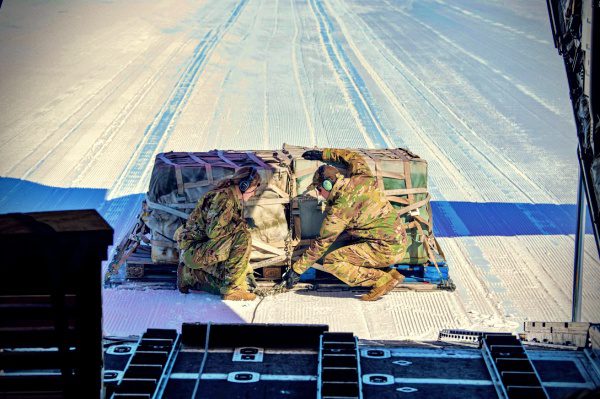Call our experienced military sex assault lawyers today for help finding the civilian-military counsel for your case.
Overview of levels of classification & compartmented information (see Classified evidence in a court martial):
Information can be classified as either confidential, secret or top secret. The levels of classification depend on the degree of damage to national security that could be caused by disclosure. Therefore, the disclosure of confidential information would reasonably be expected to cause damage to national security, the disclosure of secret information serious damage and top secret information, exceptionally serious damage.
E.O. 12958 § 1.3
Compartmented information
It is important to be able to distinguish compartmented information from confidential information. While the two concepts are similar, they are not synonymous. In fact, “While all compartmented information is classified, the overwhelming majority of classified information is not compartmented.[1]” While levels of confidential information limit dissemination to categories of people with a certain level of clearance, the dissemination of compartmented information is limited to specific individuals within a formal system.
In fact, compartmented information (also known as “codeword information) is confidential information managed by a formal system which controls the dissemination, handling and storage of a specific class of classified information, limiting access to a need to know basis. There are two main categories of systems that manage compartmented information:
Special Access Programs:
These programs manage a specific class of classified information that requires safeguards and restrictions to access beyond those normally required for that level of classification. Because the compartmentalization in the context of SAPs depend only on the nature of the information, only certain positions have the authority to establish SAPs: the Secretaries of State, Defense and Energy, and the Director of Central Intelligence, or the principal deputy of each. Moreover, the Executive Order stipulates that the number of such programs should be kept to an “absolute minimum” and should only be established if three criteria are met: a) that the specific information is particularly vulnerable or there exists a specific threat to it, b) the usually statutory criteria limiting the access to that level of classified information would not be sufficient to adequately protect the information from unauthorized disclosure, c) the program is statutorily required.
The reason compartmented information is referred to as “codeword information” is because SAP information will generally be marked with a codeword specific to that program. Each program has a specific personnel security screening process that one must complete, in addition to signing an NDA, before gaining access. This type of information must be stored in a facility with security measures that exceed those required for Top Secret information. A typical example of information in an SAP is weapons systems information.
Sensitive Compartmented Information (SCI):
SCI controls intelligence information. This can be intelligence information gathered by intelligence sources and projects or information regarding intelligence procedures. The aim of this system is to keep that information within the intelligence community. Therefore, access is not only granted based on security clearance levels, but only on a need to know basis to those “indoctrinated” with that information.
Code 17 Handbook, Chapter 2.
E.O. 12958, at § 4.4(a)
Contact our aggressive military sex assault lawyers today for help finding the best civilian military attorneys for your criminal case.

